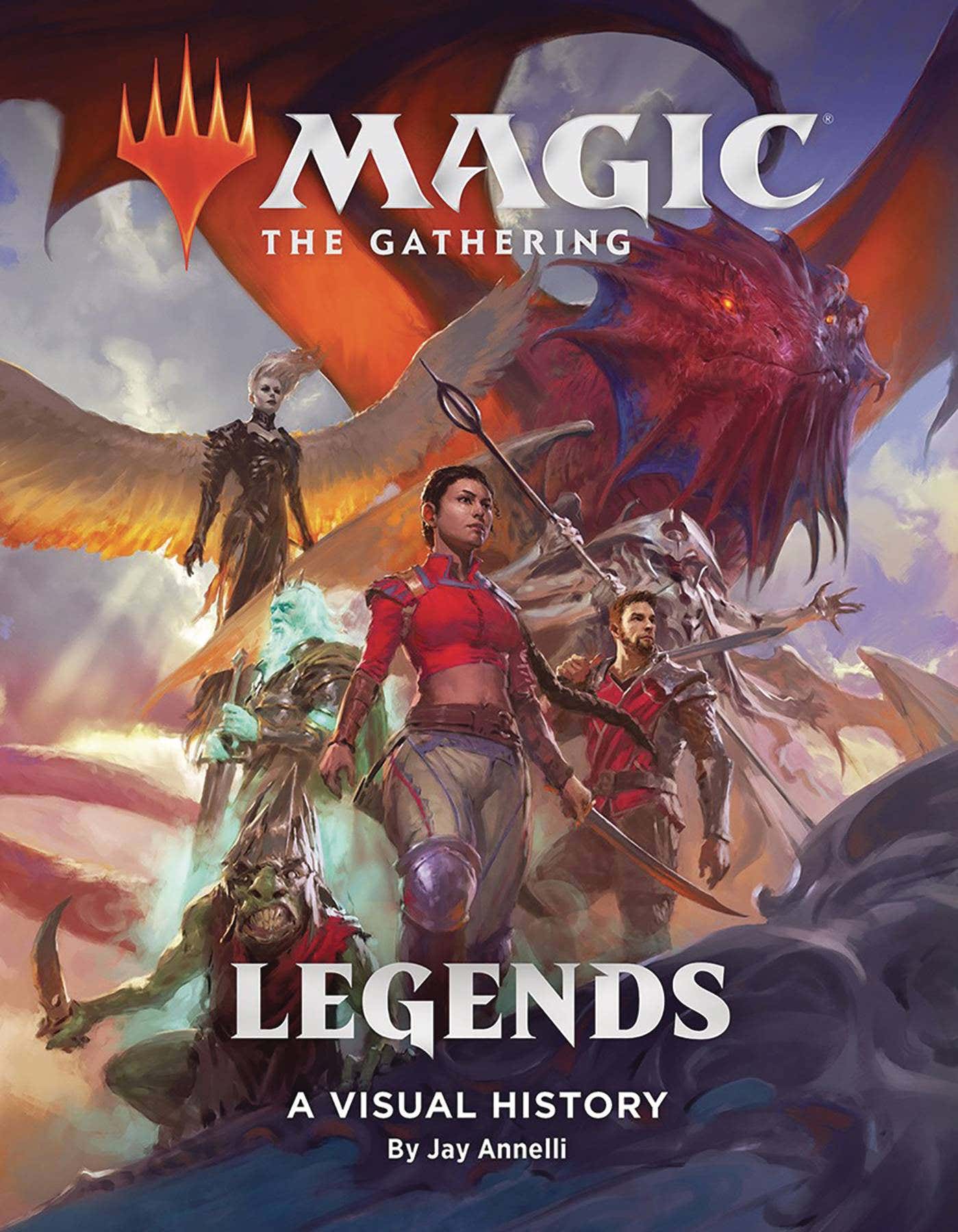Magic: The Gathering will be a captivating galaxy where strategy, imagination, and a bit of good fortune come together to produce thrilling gameplay. Intended for newcomers, diving in to this enchanting card game can sense overwhelming, especially any time it comes to building your own first deck. Using countless cards, strategies, and archetypes to consider, where do you really even begin? Fear not, as this manual will walk an individual through the requirements of crafting some sort of Magic: The Gathering deck that not just reflects your specific design but also bags a competitive punch.
Whether preparing for a casual game evening or eyeing the thrill of competition play, understanding the fundamentals of deck building is vital. From grasping the value of mana to be able to recognizing the role of creatures and spells, we can cover everything an individual need to recognize. Prepare yourself to begin on your voyage from novice to be able to sorcerer, once we discover helpful tips, common pitfalls, and diverse deck archetypes. By the end involving this guide, you'll be pre-loaded with the knowledge to produce a winning deck that holds out in any Magic: The Gathering setting.
Essential Deck Constructing Principles
When crafting your own first Magic: The Gathering deck, that is crucial to be able to understand the primary components that comprise any kind of successful strategy. The most fundamental building blocks are mana, creatures, and spells. Mana is the resource that permits you to cast spells and summon creatures, while beings are your primary method of dealing harm and controlling the board. Spells may offer a number of results, from direct harm to card pull or creature enhancement. Balancing these factors is vital to make sure your deck could function smoothly within a game.
Next, consider the color combinations available in Magic: The Gathering. MTG cards offers distinct strengths plus weaknesses, shaping the deck's overall method. For https://caspersenespino.livejournal.com/profile , red-colored excels at violence with fast pets and direct destruction spells, while pink focuses on control through counterspells and even card manipulation. Just before selecting a color, consider your playstyle and the sort of game an individual enjoy. Aligning your current deck with a new color that resonates together with you can boost your enjoyment plus effectiveness during play.
Last but not least, understanding mana competition and synergy will be important for producing a cohesive porch. The mana curve represents the supply of mana charges inside your deck, influencing how fast you can easily deploy your playing cards. Aim for a well-balanced curve that enables you to participate in cards each change without stalling as a result of high-cost spells. Synergy among your cards is equally important; look for relationships that amplify your strategy. This may come in the form of animals that benefit by spells or spells that enhance your beings, making each cards in your terrace work harmoniously in the direction of achieving victory.
Choosing Playing cards and Strategies
When building your first Magic: The Gathering terrace, selecting the right cards is vital. Start by identifying your overall method, whether it be aggressive, control, or combo-oriented. Determine the format you are playing inside and choose credit cards that align together with your desired succeed condition. Look regarding cards that complement each other and produce synergies in your terrace, enhancing your general efficiency.
Knowing mana distribution is definitely also essential. Ensure that you balance your mana sources with your current card choices, making sure that you may cast your spells effectively. A good rule of thumb is to include close to 40 percent gets in your porch, adjusting this dependent on the dimana requirements of the selected cards. Be aware of colours; if you are really using multiple shades, be mindful associated with your mana base in order to avoid getting stuck with uncastable cards.
Eventually, consider the broader strategy of your respective floor. Think about how you want to communicate with your opponent's strategies. Include removing spells to cope with hazards, counterspells to affect their plans, or perhaps efficient creatures to be able to pressure their existence total. Remember to playtest your deck plus make adjustments based upon its performance. The more you refine your card alternatives and strategies, the stronger your deck will become.
Testing and Optimizing Your Floor
When you have constructed your initial Magic: The Gathering deck, the next phase would be to playtest this against various adversaries and deck sorts. Testing is crucial as it allows you to see how your deck performs within real scenarios. Throughout these playtests, pay attention to exactly how often you draw your key playing cards, how well the mana curves function, and whether your current deck's strategy is definitely actually effective against different archetypes. Also this is a great prospect to take information on what functions and what doesn't, providing essential suggestions to your optimization process.
Right after gathering insights coming from your playtests, this is time in order to analyze your speed and agility significantly. Consider whether the win the weather is quickly achievable or if certain cards consistently underperform. It may be needed to reshape your current mana base or even adjust the sense of balance of creatures to be able to spells. Look with regard to cards that constantly enable you to win games and others that appear misplaced. Fine-tuning the deck with substitutions, tweaking the rates, or even swapping inside of different cards can lead to substantial improvements in persistence and power.
Lastly, perform not be worried to ask for feedback from other players or sign up for a local group for advice. Engaging with other participants can offer new views and strategies of which you might not have considered. The procedure for testing and customizing your deck will be ongoing, where an individual can refine your own cards according to innovating metagames and personal playstyle preferences. After some time, because you iteratively test and optimize, your floor will become some sort of finely tuned device looking forward to competition.

